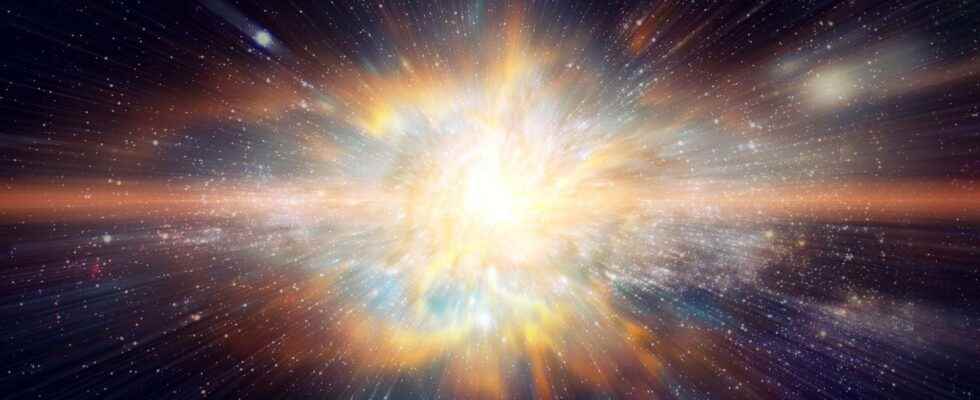In their quest to understand the origins of life, scientists wonder in particular about the conditions conducive to its emergence. Many hypotheses have already been formulated. And today, researchers are suggesting that life on Earth may have received a little boost from supernovae that have appeared in the last billion years.
—
Futura in the Stars, it is the unmissable meeting place for lovers of astronomy and space. Every 1st of the month, meet us for a complete tour of the ephemeris of the month, with advice on how to best observe what is happening in the sky. A special episode published every 15th of the month will invite you to learn more about a particular object or event that will mark the astronomical and space news.
—
You will also be interested
According to the time-honored expression, we would have come from “Of Stardust “. But the precise scenario of the appearance of life on Earth remains to be written. Today, researchers from the University of Denmark come to write a new page. She tells of the close link that would exist between life on Earth and the number ofstars which explode in supernovae near our Planet.
The researchers observed a correlation between the share of matter organic buried in sedimentand changes in the occurrence of supernovae. They report that this correlation can be found in data for the past 3.5 billion years. A little more over the last 500 million years. It could prove that the explosions of stars in supernovae participated in the establishment of conditions favorable to theappearance of life on Earth .
How? ‘Or’ What ? By an effect of cosmic rays on clouds and on the weather of our Planet. Because let us remember that when massive stars explode in supernovae, they produce cosmic rays which transport particles of high energies. When the cosmic rays arrive in the vicinity of the Solar system and they collide with the Earth, they cause a certain ionizationof our atmosphere.
An effect on the climate and oxygen
However, previous studies by the same team of researchers had been able to show that ions participate in the formation and growth of aerosols . With the effect of influencing also, the formation of clouds. And clouds, it is obvious, play on the amount of solar energy that can reach the surface of the Earth. Empirical evidence confirms that there is an important link between cosmic radiation and climate. At the geological scale, the number of supernovae the origin of these cosmic rays can vary by several hundred percent. With therefore, significant effects on our climate.
So, during the periods that saw the most supernovae light up, the climate on Earth has cooled. Significant temperature differences have arisen between theequator and the poles. From windsstrong have blown. And the oceans got mixed up. Allowing to provide and disperse a lot of nutrients . The result: greater bioproductivity and more organic matter in the sediments.
The researchers point out that the burying of organic matter in the sediments also makes it possible to produce oxygen essential to life. This is indeed classically manufactured by photosynthesis from water, from light and of carbon dioxide(CO2). But if we imagine that the organic matter is not directed towards the sediments, it is transformed back – with the organic matter in question – into CO2 and water. Another way for supernovae to influence the evolution of life on our Earth.
Interested in what you just read?
.
fs3
